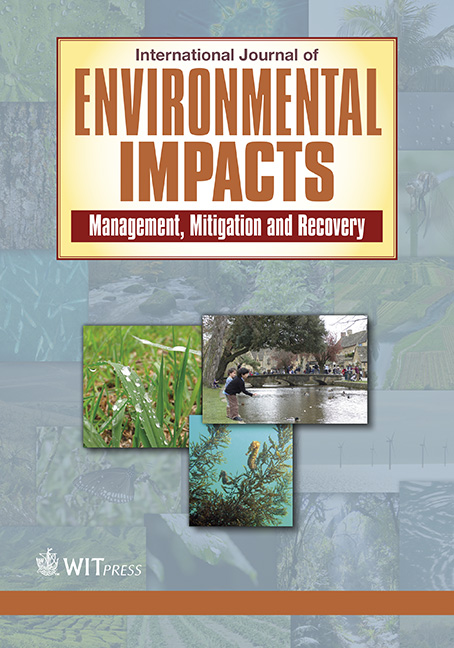Air quality, urban fluxes and cities resilience under climate change – a brief overview
Price
Free (open access)
Volume
Volume 1 (2018), Issue 1
Pages
13
Page Range
14 - 27
Paper DOI
10.2495/EI-V1-N1-14-27
Copyright
WIT Press
Author(s)
CARLOS BORREGO, SANDRA RAFAEL, VERA RODRIGUES, ALEXANDRA MONTEIRO, SANDRA SORTE, SÍLVIA COELHO & MYRIAM LOPES
Abstract
Cities are home of about 70% of the European population, and it is expected that by 2050 this number will be achieved around the world. As a result, cities are facing important challenges related to pressures induced by changes on urban metabolism and by climate change (CC) effects. Understanding the key factors determining the vulnerability of a city provides a framework to consider resilience. These issues become more and more relevant since changes in urban structure and metabolism together with CC will start affecting atmospheric emissions, urban air quality and consequently human health. Cobenefits of an urban air quality and CC approach need to be further addressed taking into consideration that CC creates both risks and opportunities. Therefore, an integrated assessment of the interaction between resilience factors and CC effects, and its influence on the urban microclimate and air quality, is required to better adapt to future climate. This knowledge is fundamental to support policy makers and stake- holders helping them to choose the best strategies to manage resources, to mitigate extreme weather events and to predict air pollution episodes. This article offers a systematic review on CC impacts in cities, providing some adaptation strategies and suggesting future research topics.
Keywords
air quality, cities, climate change, cobenefits, energy fluxes, resilience, weather patterns




